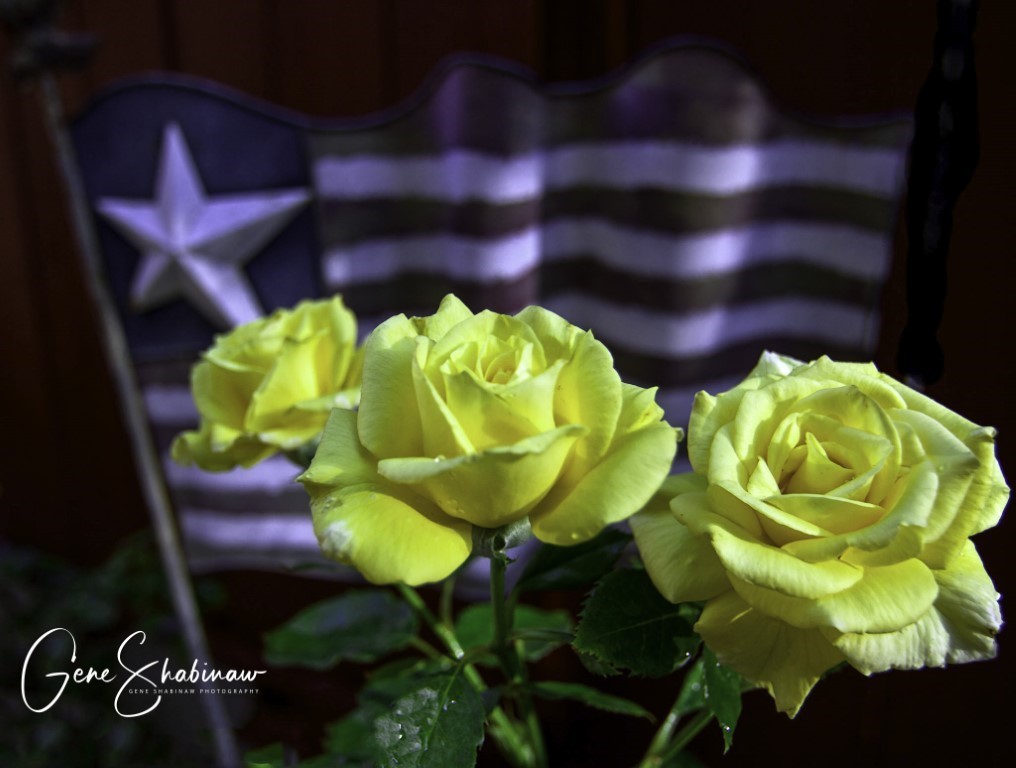Photographing flowers offers more than a celebration of nature’s beauty—it’s a refined training ground for macro photography. Their minute details, vivid colors, and fixed positions make flowers ideal subjects for learning to compose, focus, and light close-up scenes. For photographers looking to improve their macro technique, flowers serve as patient models that reveal how light and perspective can dramatically change a shot.












Capturing the Fine Details
At the heart of flower photography is the pursuit of detail. Petal textures, the delicate fuzz on stems, the pollen-covered stamens—these elements emerge clearly only with precision. A macro lens or close-up filter helps fill the frame with these intricate features, and careful focusing (often manual) ensures the right point of interest is sharp. Depth of field is notoriously shallow in macro, so mastering how to control it—by adjusting aperture or focus stacking—is essential.
Harnessing Vibrant Color
Flowers provide a natural color wheel—from the intense reds of roses to the deep purples of irises and the electric blues of cornflowers. Capturing these hues without oversaturation or color shift requires attention to white balance and exposure. Overexposing can wash out color, while underexposing can dull vibrancy. A properly balanced image reveals not only color but also the subtle transitions between tones that give flowers their lifelike energy.
Light: The Most Transformative Tool
Light makes or breaks a flower photo. Natural light changes in intensity and quality throughout the day, and understanding its character is key to elevating a macro image.
Golden Hour: In the hour after sunrise and before sunset, light takes on a warm, soft glow. Shadows stretch, colors deepen, and petals seem to glow from within. Shooting flowers during this time adds emotional warmth and drama. Backlighting can create beautiful translucency in thin petals, while side lighting brings out texture.
Filtered Window Light: Indoor flower photography benefits from diffused natural light streaming through a sheer curtain or window shade. This type of light is even and soft, reducing harsh shadows and preserving delicate petal detail. It’s an ideal setup for tabletop compositions, and allows for more control over background and setup.





Training the Eye for Macro Work
Flower photography also helps train a photographer’s observational skills. Learning to spot patterns, natural symmetry, or subtle imperfections helps build compositional awareness. It also encourages patience—a critical asset when shifting to more challenging macro subjects like insects, tiny marine life, or detailed product photography, where timing and precision are less forgiving.
Photographing flowers is not only a rewarding subject in its own right—it’s an immersive introduction to the skills required for macro excellence. By experimenting with light, mastering focus, and embracing the rich colors nature offers, photographers refine both their technical control and artistic vision. Whether indoors by a sunlit window or outdoors during golden hour, a single flower can teach volumes about the complex beauty in small things.

